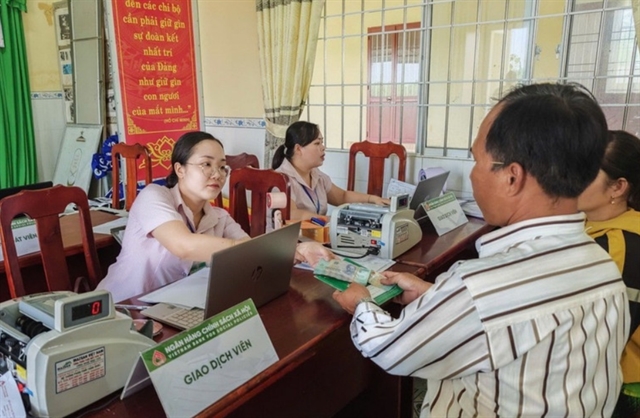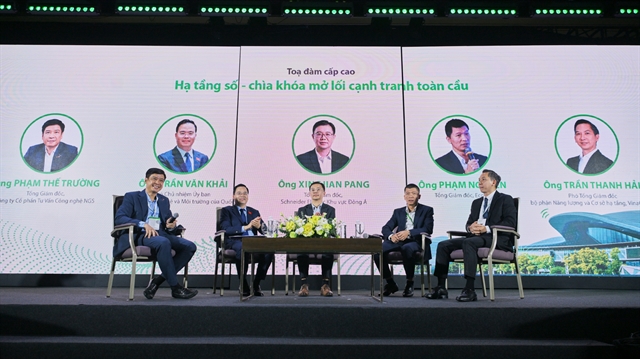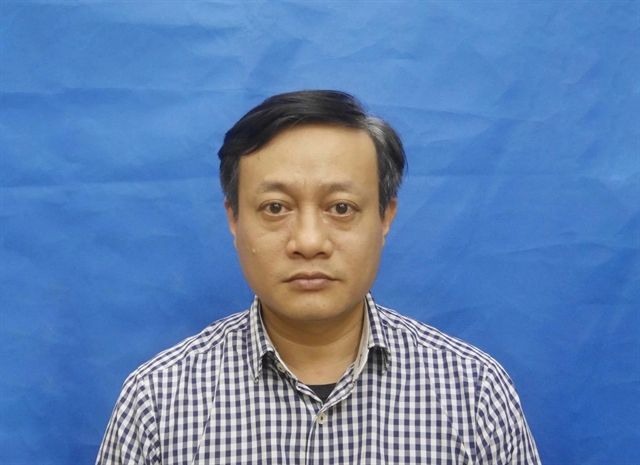 Economy
Economy


|
| Experts speaking at Innovation Day 2025 in Hà Nội. Photo courtesy of the organiser |
HÀ NỘI — Artificial intelligence (AI) is no longer a distant prospect, but a present-day driver of digital transformation, Schneider Electric executives said at the Innovation Day 2025 in Hà Nội, which spotlighted the urgent need for AI-ready infrastructure to power Việt Nam’s next stage of growth.
Held under the theme 'AI-Ready Infrastructure for Powering Việt Nam’s Future', the event gathered policymakers, business leaders and technology experts to explore how AI is reshaping data centres, buildings and power grids, and how Việt Nam can prepare for the challenges and opportunities ahead.
“AI is already embedded across industries, acting as a catalyst for both digitalisation and sustainable growth,” said Đồng Mai Lâm, Cluster President of Schneider Electric Vietnam and Cambodia.
“To keep pace with this wave, Việt Nam needs a revolution in building and operating data centres, designing smart buildings and developing smart grids.”
Across ASEAN, AI is projected to contribute an additional 10–18 per cent to GDP growth by 2030, equivalent to about US$1 trillion. In Việt Nam, Deloitte forecasts that the domestic AI market could reach $65 billion by 2035, with infrastructure, particularly data centres, expected to account for nearly 40 per cent of that value.
However, the rapid rise of AI also comes with soaring energy demand. The International Energy Agency estimates that AI workloads could consume up to 20 per cent of global data centre electricity by 2028, compared to just 8 per cent in 2023.
At the same time, the processing model is shifting from centralised systems to hybrid approaches that combine large-scale data centres with edge computing. Nearly half of all AI workloads are expected to be managed in such distributed systems, requiring faster deployment and greater flexibility.
President of Schneider Electric East Asia Xingjian Pang said the availability and cost of clean energy will be the decisive factor in attracting hyperscale operators and colocation providers.
“Việt Nam is in the middle of a digital transformation boom. Combined with reshoring of manufacturing and a young, well-trained workforce, the country has become an economic hotspot. But hyperscale customers will only commit if they can rely on secure, sustainable energy,” he explained.
Pang pointed out that advances in modular and prefabricated data centre solutions now allow facilities to be designed and built much faster, giving Việt Nam an opportunity to leapfrog.
“Technology has improved significantly. Modular approaches mean data centres can be delivered at speed, lowering the barriers for investors entering Việt Nam,” he added.
He also stressed that companies like Schneider Electric are building strong local capabilities to support this shift. “We want to create conditions where our partners and customers can truly contribute to Việt Nam’s growth,” he said.
At Innovation Day, Schneider Electric emphasised that data has become a strategic asset, and that Việt Nam must not only expand capacity but also build infrastructure that is resilient, efficient and sustainable.
To meet this demand, the company introduced solutions that combine advanced cooling technologies, modular data centre models and integrated power systems capable of supporting the enormous computing density of AI. These technologies are designed not only to handle extreme workloads, but also to optimise performance, cut waste and accelerate deployment from years to just months, making them adaptable to rapid change.
Schneider Electric also showcased how AI can transform the operation of buildings and power networks. Its smart building solutions allow operators to reduce carbon emissions by up to 45 per cent by shifting from traditional energy consumption to integrated supply-and-demand systems that balance renewable generation with usage in real time.
In the power sector, digital platforms such as EcoStruxure ADMS and AVEVA Unified Operations Center enable utilities to monitor the grid in real time, detect abnormal conditions early and automatically adjust power flows, ensuring stability and efficiency while integrating distributed energy sources such as solar and storage.
A highlight of the event was the Innovation Hub, an experience space where participants explored how AI-ready solutions can accelerate sustainable growth. Demonstrations ranged from modular data centres equipped with liquid cooling systems to AI-powered building management platforms and SF6-free switchgear for greener grids.
The Hub also featured tools for real-time carbon tracking and decarbonisation, underlining Schneider Electric’s commitment to advancing sustainability alongside digital transformation.
Việt Nam’s AI market is forecast to grow by an average of 15.8 per cent annually, reaching $1.52 billion by 2030, and potentially contributing up to $130 billion to the economy by 2040. Yet, as experts warned, this promise comes with complex challenges relating to energy use, data security and infrastructure readiness.
Schneider Electric, with its global experience in energy management and automation, says it is well placed to support Việt Nam in addressing these challenges.
“With the right infrastructure, AI can unlock growth without compromising sustainability,” Lâm said. “Our mission is to help Việt Nam embrace the AI era with confidence, resilience and responsibility.” — VNS



